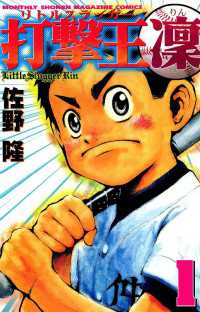- ホーム
- > 洋書
- > 英文書
- > Literary Criticism
基本説明
Susan Egenolf examines the artisitic craft and political engagement of three major women novelists - Elizabeth Hamilton, Maria Edgeworth, and Sydney Owenson - whose self-conscious use of glosses facilitated their critiques of politics and society.
Full Description
Even as Romantic-period authors asserted the importance of telling the unvarnished truth, novelists were deploying narrative glossing in particularly sophisticated forms. Susan Egenolf examines the artistic craft and political engagement of three major women novelists - Elizabeth Hamilton, Maria Edgeworth, and Sydney Owenson - whose self-conscious use of glosses facilitated their critiques of politics and society. All three writers employed devices such as prefaces and editorial notes, as well as alternative media, especially painting and drama, to comment on the narrative. The effect of these disparate media, Egenolf argues, is to call the reader's attention away from the narrative itself. That is, such glossing or 'varnishing' creates narrative ruptures that offer the reader a glimpse of the process of fictional structuring and often reveal the novel's indebtedness to a particular historical moment.In spite, or perhaps because, of their being gendered feminine in eighteenth-century rhetorical commentary, therefore, these glosses allow women writers to participate in 'masculine' discussions outside the conventional domestic sphere.Informed by a wide range of archival texts and examples from the visual arts, and highlighting the 1798 Irish Rebellion as a major event in Irish and British Romantic writing, Egenolf's study offers a new interdisciplinary reading of gendered and political responses to key events in the history of Romanticism.
Contents
IntroductionHindoo Rajah and the making of a professional woman writer; Maria Edgeworth in blackface: Castle Rackrent and the Irish rebellion of 1798; Edgeworth's Belinda; an artful composition; Revolutionary landscapes: political aesthetics and Owenson's The Wild Irish Girl; 'Domestic rebellion': Hamilton's Cottagers of Glenburnie; 'Have you Irish?': heroism in Morgan's The O'Briens and the O'Flahertys; Epilogue; Bibliography.








